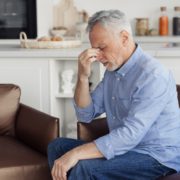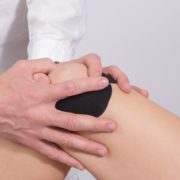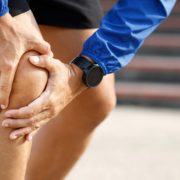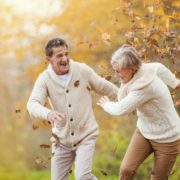5 Signs Your Headaches May Be Coming from Your Neck
Is Your Neck the Hidden Cause of Your Headaches? Here’s How to Tell
By Dr. Carrie Jose, Physical Therapy Specialist | CJ Physical Therapy & Pilates, Portsmouth, NH
Headaches are one of the most common and frustrating problems people face — affecting almost half the population at some point in their lives. If you get them regularly, you already know how much they can interfere with your work, sleep, and overall energy.
What makes managing headaches so tricky is how often they’re misdiagnosed. Many people are told they have a primary headache disorder — like migraines, tension headaches, or cluster headaches — when the real problem is secondary, meaning it’s caused by something else in your body.
One of the most overlooked culprits? Your neck.
A type of secondary headache known as a cervicogenic headache actually originates from your cervical spine (neck). It’s often mistaken for migraines or tension headaches — but the treatment approach is very different.
5 Signs Your Headaches May Be Coming from Your Neck
1. Your headaches worsen with certain neck movements
If turning or tilting your head seems to trigger your headaches — or if they start after holding your head in one position too long (like sitting at a desk or bar) — that’s a clear sign your neck could be the source.
When specific motions or postures worsen your pain, it’s a strong indication your headaches are cervicogenic.
2. You notice stiffness or restricted motion in your neck
If your neck feels stiff or it’s hard to look over your shoulder, that loss of mobility could be fueling your headaches. When neck joints don’t move freely, surrounding muscles and nerves can become irritated — creating pain that mimics a tension headache. Restoring neck mobility can relieve this irritation and stop headaches at their source.
3. Your neck muscles are frequently tender or tight
Persistent tightness around your neck and shoulders often goes hand-in-hand with cervicogenic headaches. This can come from posture issues, stress, or fatigue — but often there’s a deeper mechanical cause.
When that’s addressed, the tightness and resulting headaches fade naturally.
4. You feel your headache at the base of your skull or down one side
If your headaches begin at the base of your neck and travel upward or down into your shoulder blade, it’s almost a sure sign your neck is involved. These patterns match the nerve pathways from your cervical spine — a common clue for cervicogenic headaches.
5. Massage or chiropractic adjustments help — but only temporarily
If you feel better after a massage or adjustment, but your headaches return, that’s a strong clue your neck needs a mechanical assessment. Hands-on care offers short-term relief — but combining it with corrective exercises that restore neck mobility and strength provides lasting results.
What to Do Next
If you’ve been battling stubborn headaches and haven’t had your neck evaluated — it’s time. Cervicogenic headaches are often overlooked but very treatable when you address the true source.
The good news? If your headaches are caused by your neck, you can manage them naturally — without pills, injections, or procedures.
Working with a specialist who understands the mechanical causes of neck-related headaches can help you find lasting relief and regain control of your life.
Ready to discover if your headaches are neck-related?
Request a Free Discovery Consultation at CJ Physical Therapy & Pilates in Portsmouth, NH, or call 603-380-7902to speak with our team.
About Dr. Carrie Jose
Dr. Carrie Jose is a Doctor of Physical Therapy and Mechanical Pain Expert, specializing in helping people in the Seacoast area find natural, long-term solutions for pain — without relying on pills, injections, or surgery.
She is the owner of CJ Physical Therapy & Pilates in Portsmouth, NH, and writes regularly for Seacoast Media Group on topics related to physical health, pain prevention, and natural movement.











